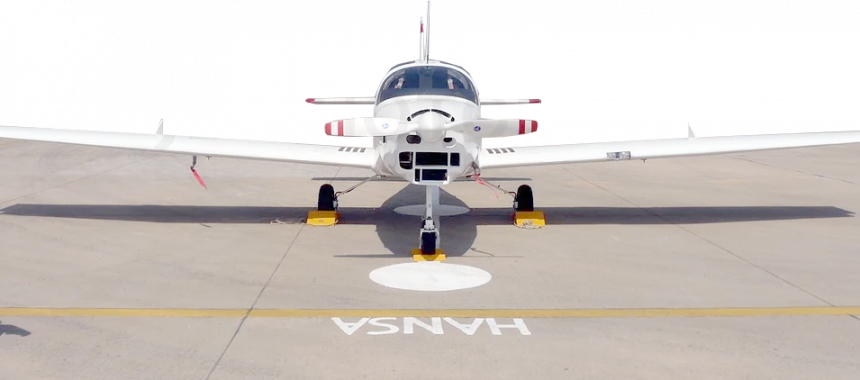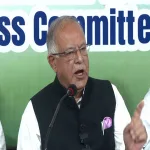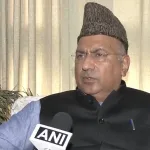India is currently the third-largest domestic airline market globally. By the end of this decade, it is projected to serve an astounding three hundred million domestic passengers, cementing its position as a powerhouse in global aviation. This exponential growth in passenger volume reflects more than just an expanding aviation industry – it signifies the rising aspirations of millions of Indians.
With the political dispensation headed by PM Sh Narendra Modi determined to place India as frontline nations and live upto global benchmarks and as the country gears up to handle the rapidly expanding aviation needs, the most pressing necessity is the demand for pilots, a crucial component in sustaining this growth trajectory. As per recent reports from the Ministry of Civil Aviation, the demand for pilots in India is projected to increase atleast fivefold in the next two decades, a significant increase from the current count. This surge in demand is attributed to India’s civil aviation sector experiencing rapid growth in passenger traffic and fleet expansion, fueled by the forward-thinking initiatives introduced by the Civil Aviation Minister, Shri K Rammohan Naidu.
India, at present hosts 38 Flight Training Organizations (FTOs). With a soaring demand for skilled pilots, it is vital to develop a large and world-class flying training ecosystem in the country, with proportional increase in the number of trainer aircrafts. Currently, the small civil aircraft market in India is largely controlled by foreign companies, with domestic players lacking any significant foothold.
To be a fully self-reliant, our country needs indigenous civil aircraft development. This would showcase the nation’s expertise and capabilities, positioning India as a preferred destination for aerospace component manufacturing. By excelling in every stage, from initial design to final production, such efforts would significantly strengthen the country’s aviation industry.
The improved Hansa-3 aircraft, with commercial name Hansa-3(New Generation), indigenously designed and developed by Council of Scientific and Industrial Research-National Aerospace Laboratories (CSIR-NAL), boasts several advancements that cater to the needs of the flying community. Featuring a cutting-edge glass cockpit, a fuel-efficient Rotax 912 iSc3 Sport engine, and enhanced performance metrics like a range of 620 nautical miles and seven hours of endurance, the aircraft redefines modern trainer aircraft standards. Having obtained key certifications, the Hansa-3(NG) is now certified for day and night operations, with further steps taken to extend its capabilities for IFR operations.
CSIR-NAL’s Hansa-3(NG) marks a significant milestone in advancing India’s aviation ambitions. It aligns seamlessly with Hon’ble Prime Minister, Shri Narendra Modi’s vision of establishing India as a global aviation hub by the end of this decade and achieving the broader goal of Viksit Bharat by 2047.
CSIR-NAL’s recent collaboration with an industry partner intends to meet both domestic and international demand with increase in the production of Hansa-3(NG) aircrafts. The production facility, set to be established in Bengaluru, will start manufacturing 36 aircraft annually, scaling up to 72 units to address growing needs. As India’s first all-composite airframe aircraft, the Hansa-3(NG) is a game-changer, enabling flying clubs to train the next generation of pilots while also promoting a culture of hobby flying.
Beyond training, the Hansa-3(NG) holds immense potential for roles such as surveillance, aerial photography, environmental monitoring, and more. Its deployment will stimulate the small aircraft manufacturing ecosystem, boosting local infrastructure and enabling small to medium-scale enterprises to contribute to the aviation supply chain.
The Hansa-3(NG) symbolizes India’s progress toward realizing Hon’ble Prime Minister’s vision of Atmanirbhar Bharat, with the aviation sector playing a pivotal role in the nation’s self-reliance movement. As the Hansa-3(NG) establishes itself as a cost-effective and versatile trainer aircraft, it also signals India’s readiness to compete globally in aerospace manufacturing. The collaboration between CSIR-NAL and industry partner is not just about meeting present needs, it is about shaping a future where India emerges as a leader in aviation, innovation and technology.
India’s aviation industry is on the brink of unparalleled growth. With strong initiatives, innovative technologies like the Hansa-3(NG), and the collective effort of stakeholders, the country is poised to elevate itself as a global aviation hub, fulfilling its aspirations for a robust and self-reliant aerospace ecosystem.
(The Author is Minister of State for Science and Technology (Independent Charge) Ministry of Science and Technology and Ministry of Earth Sciences, Govt of India. Courtesy: PIB)








